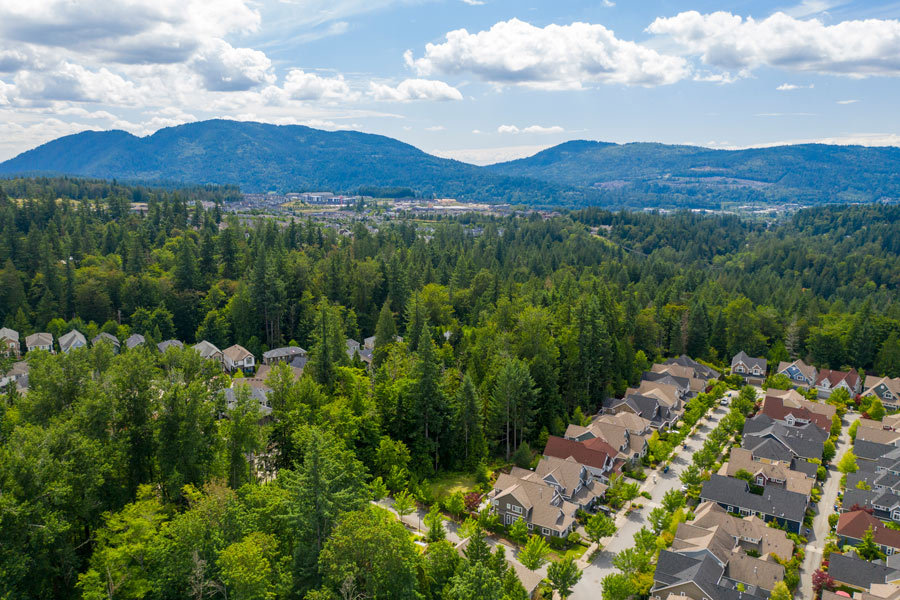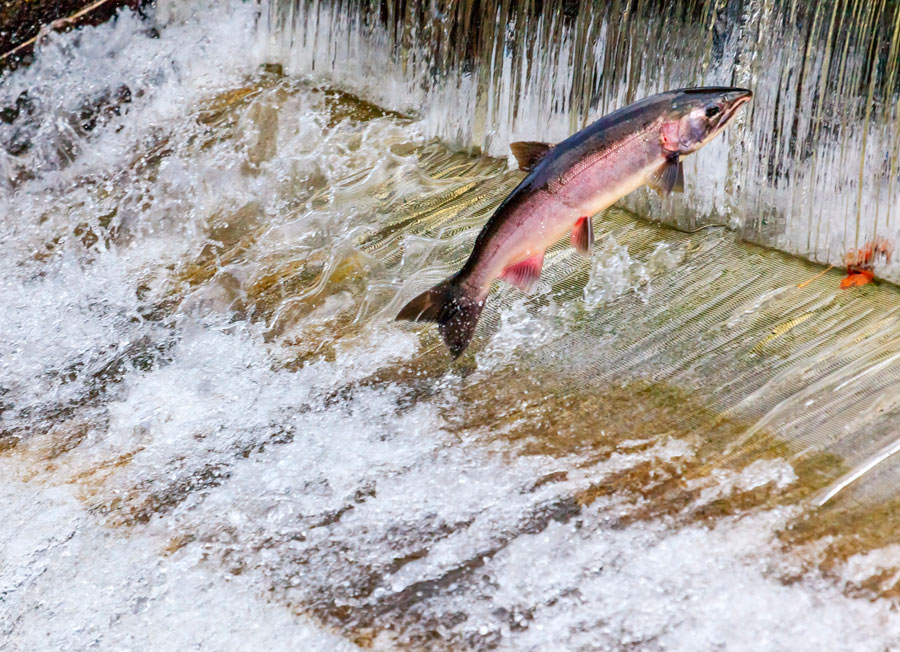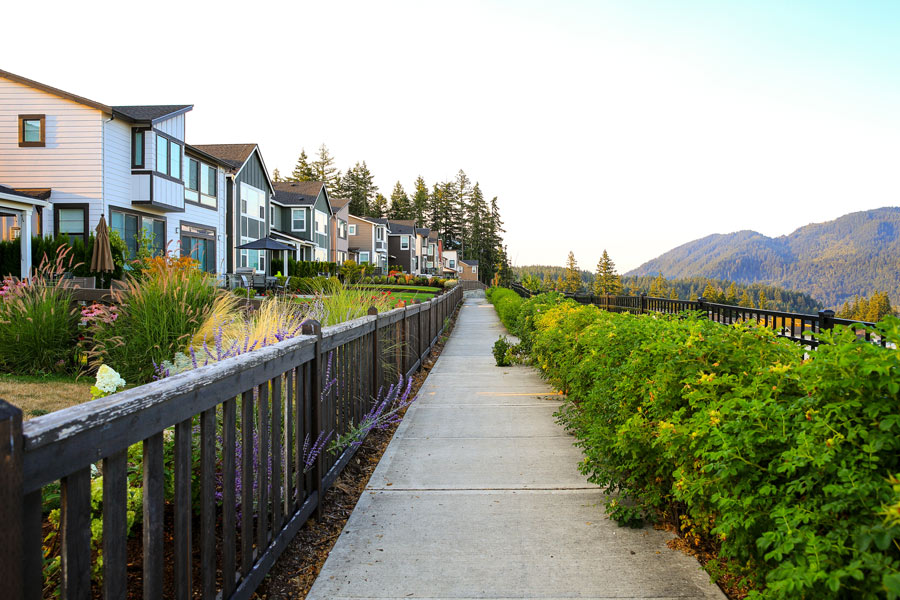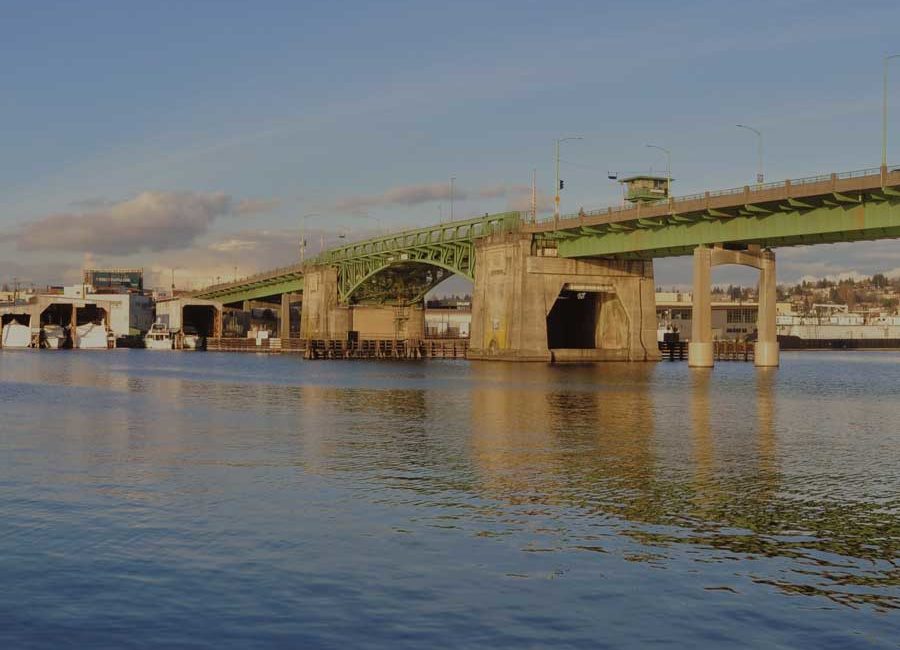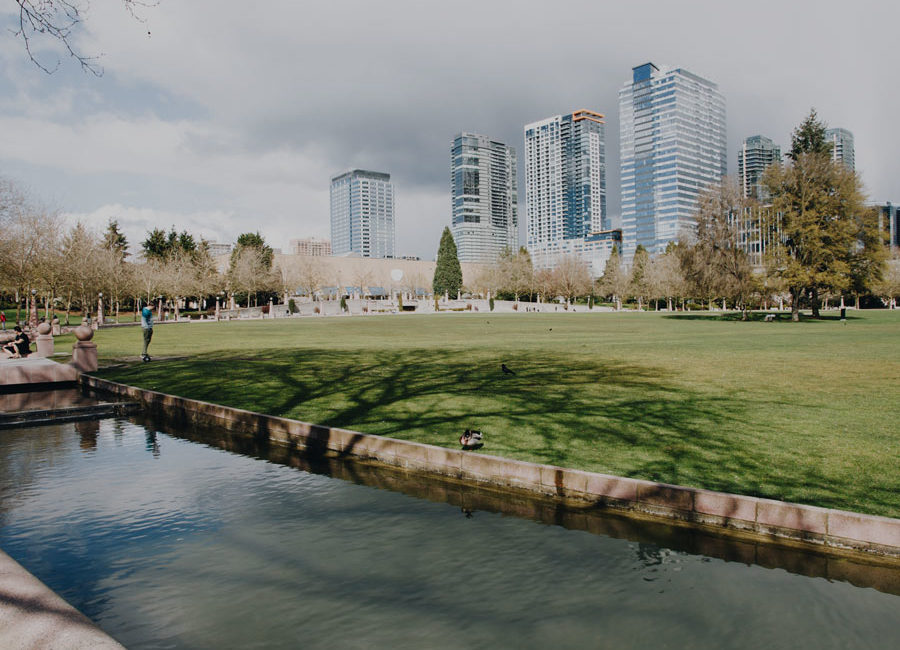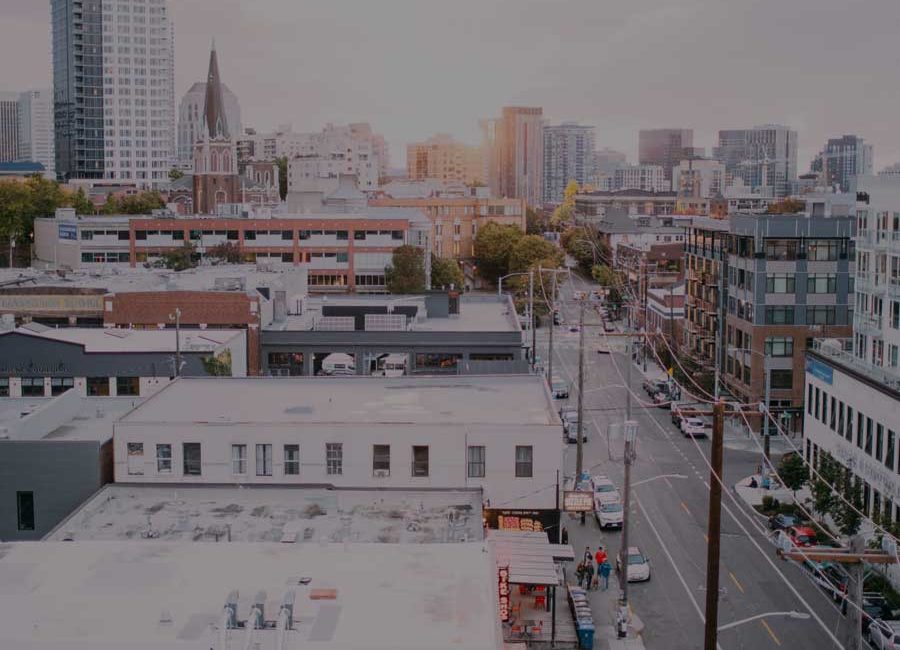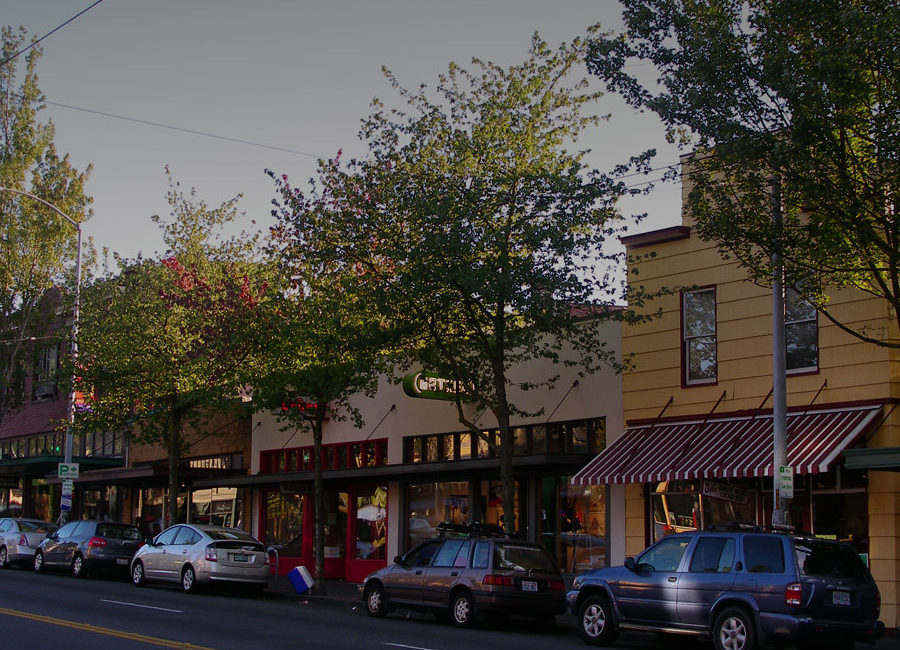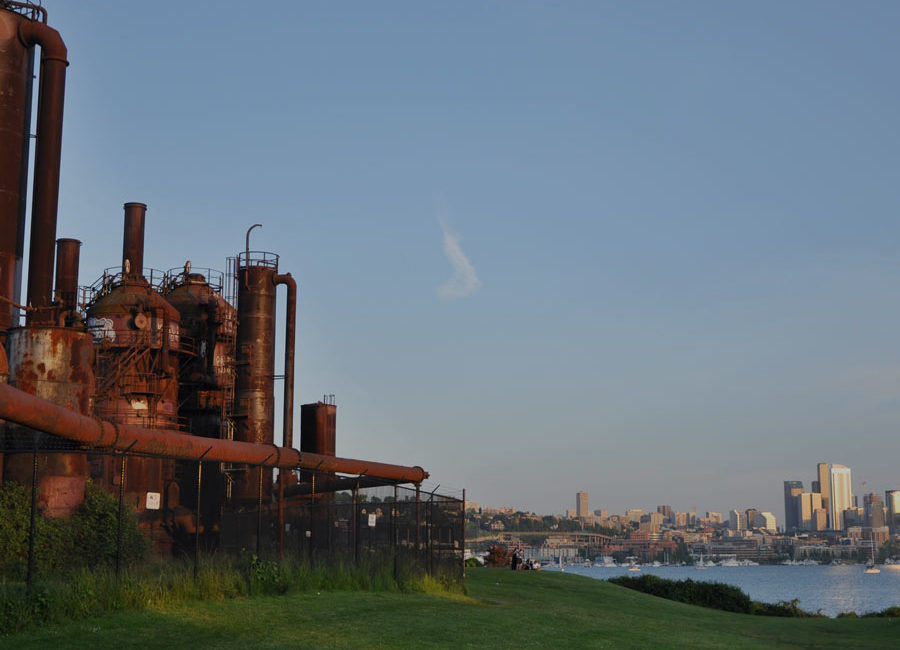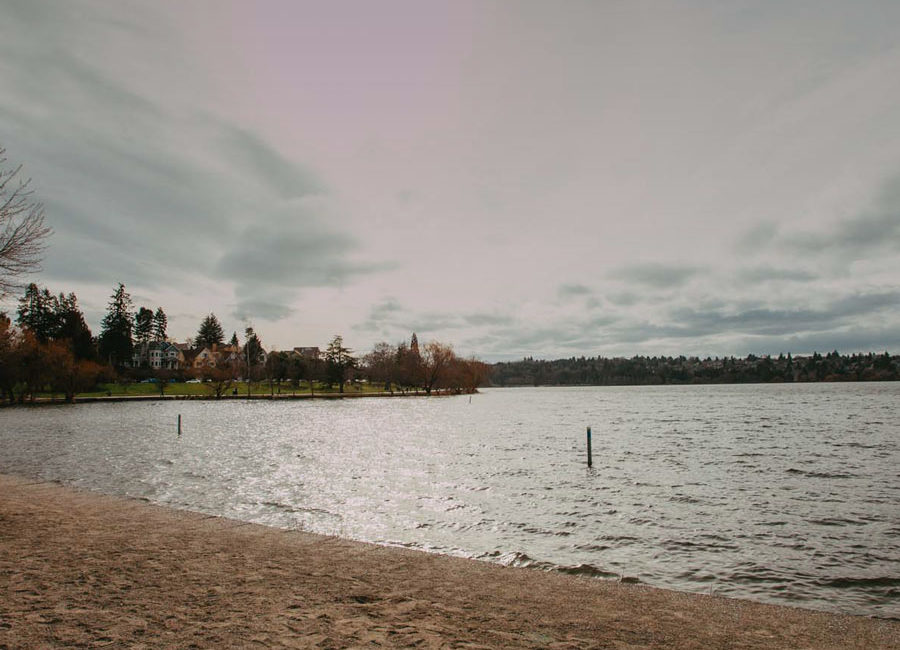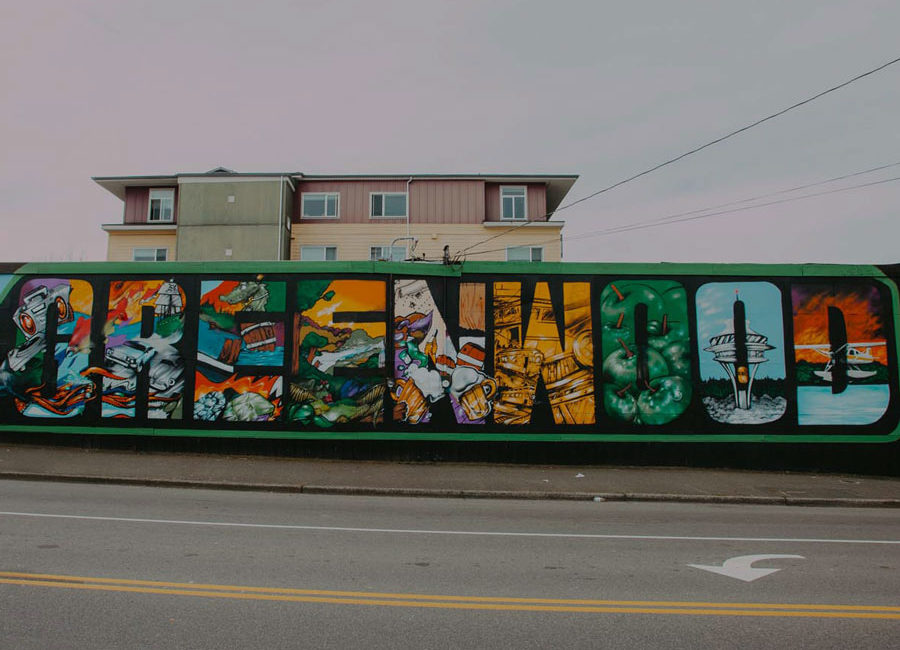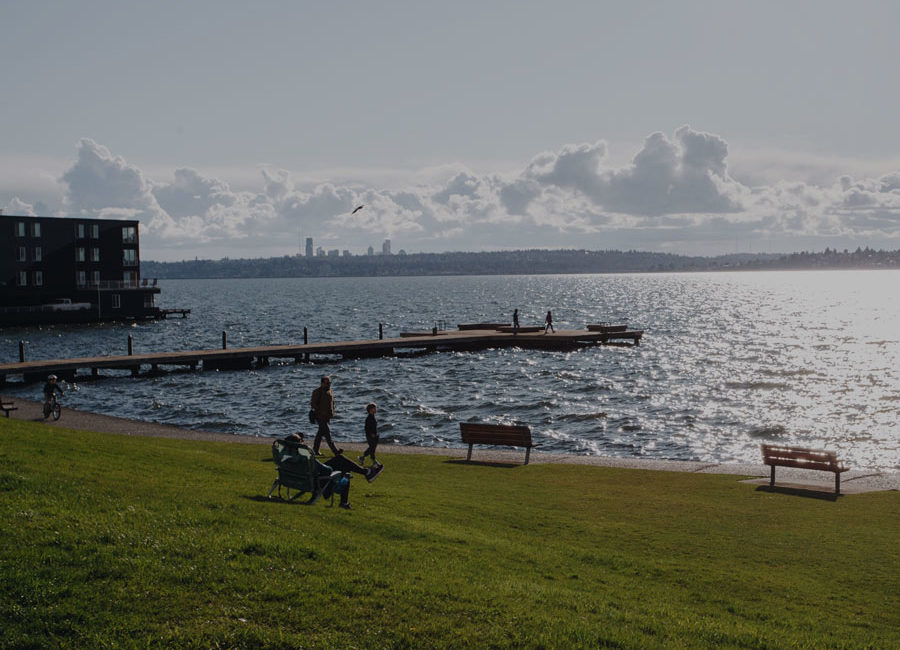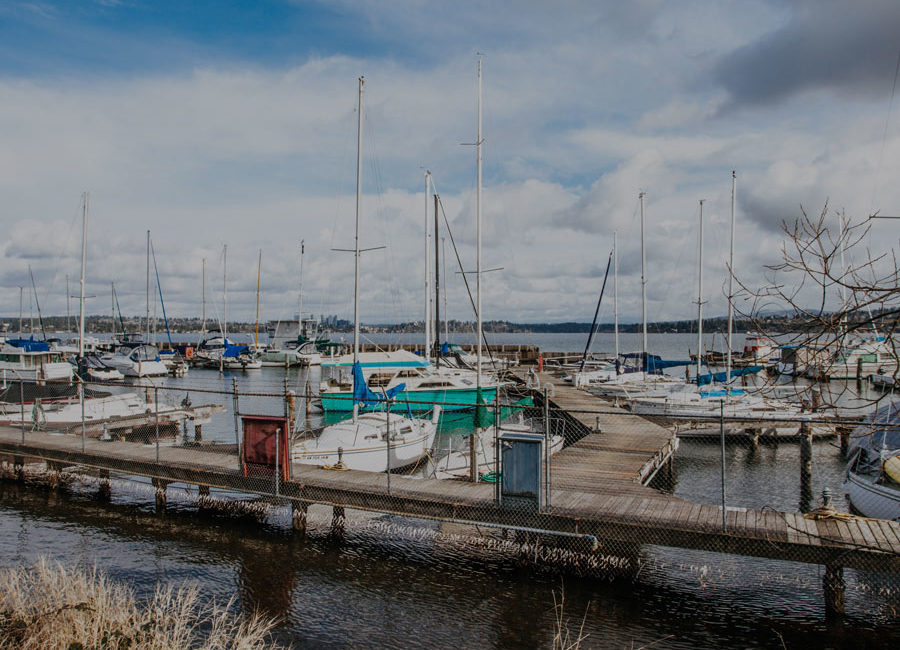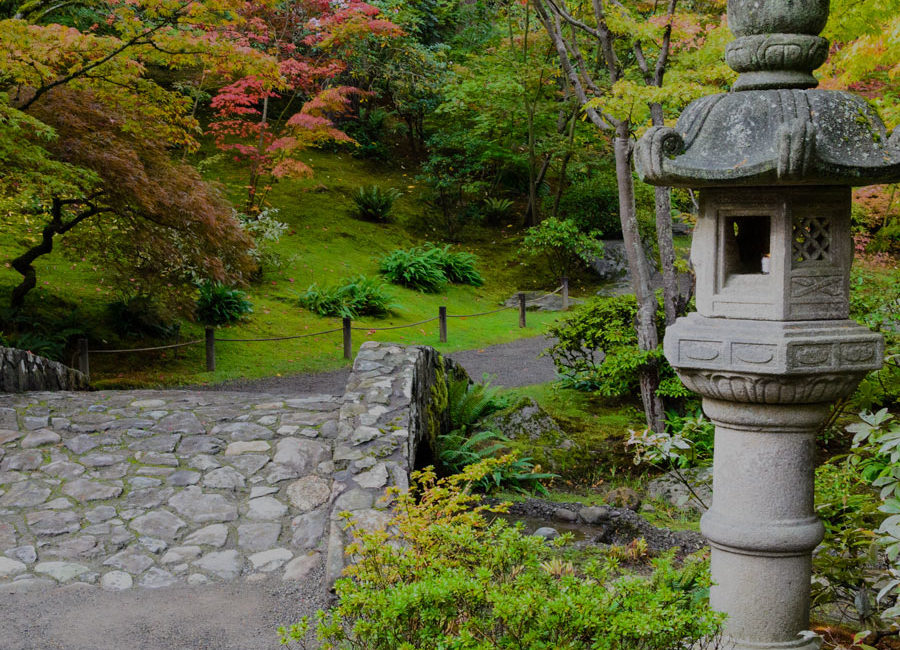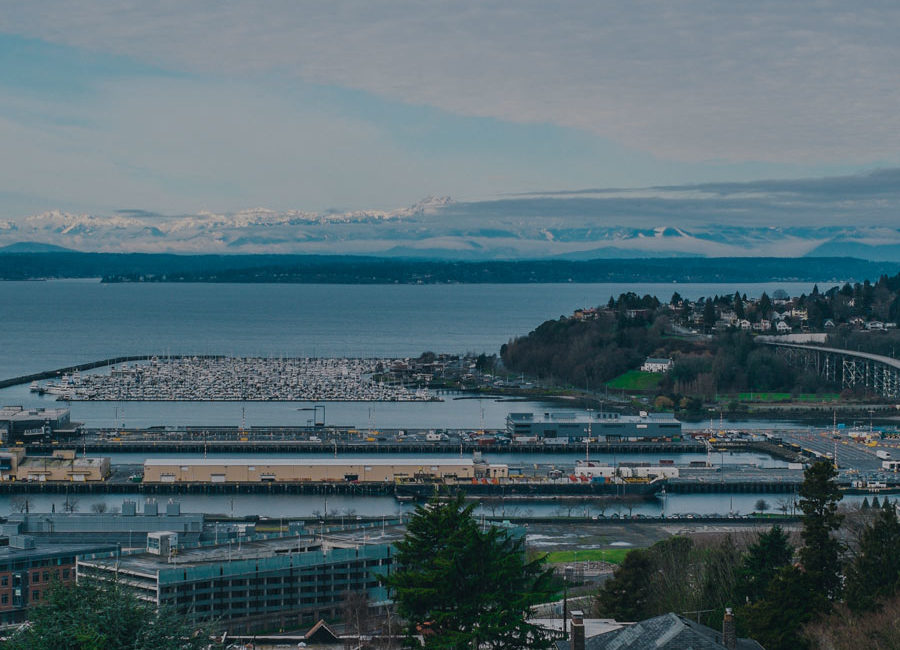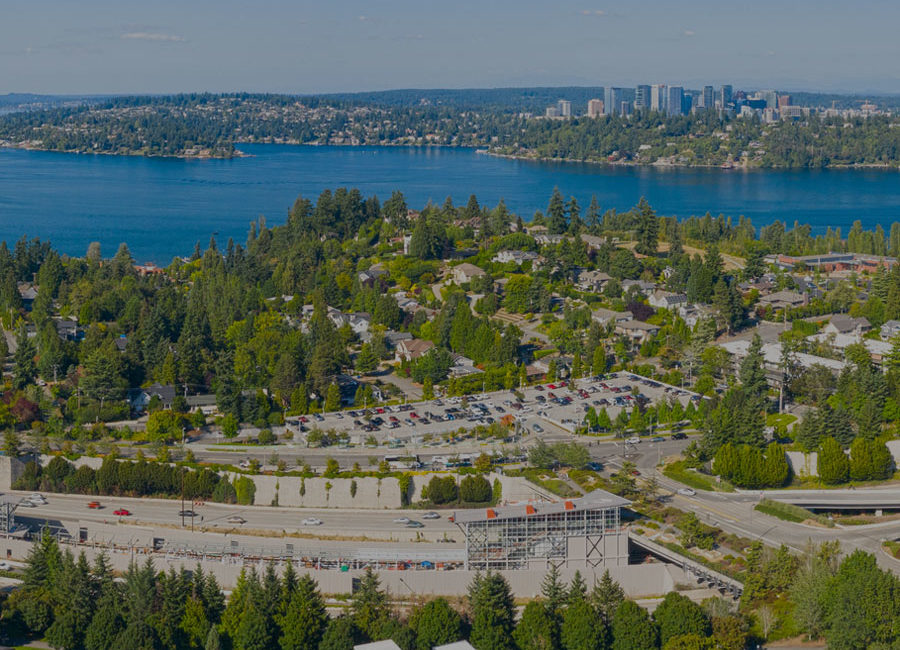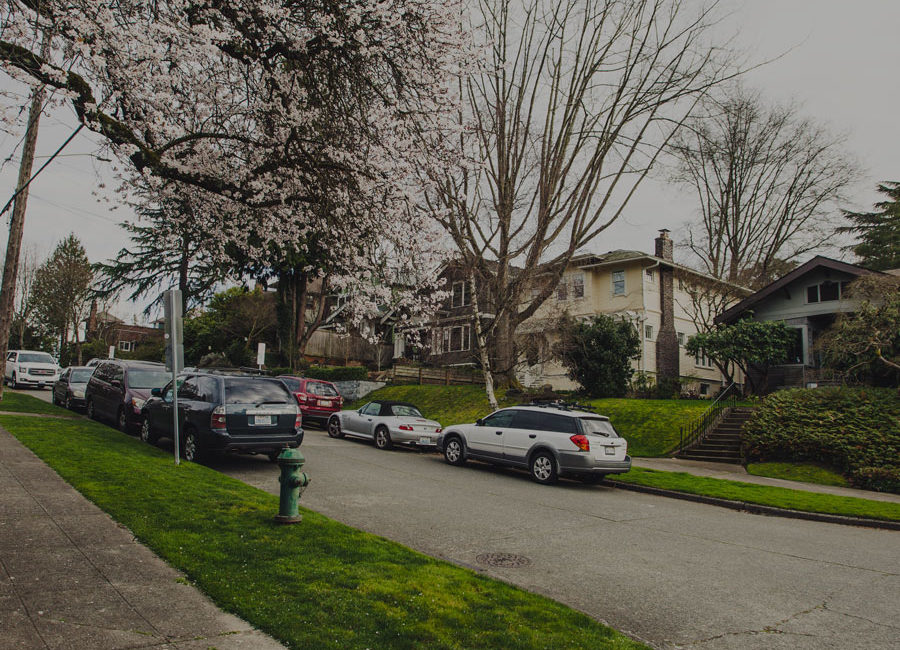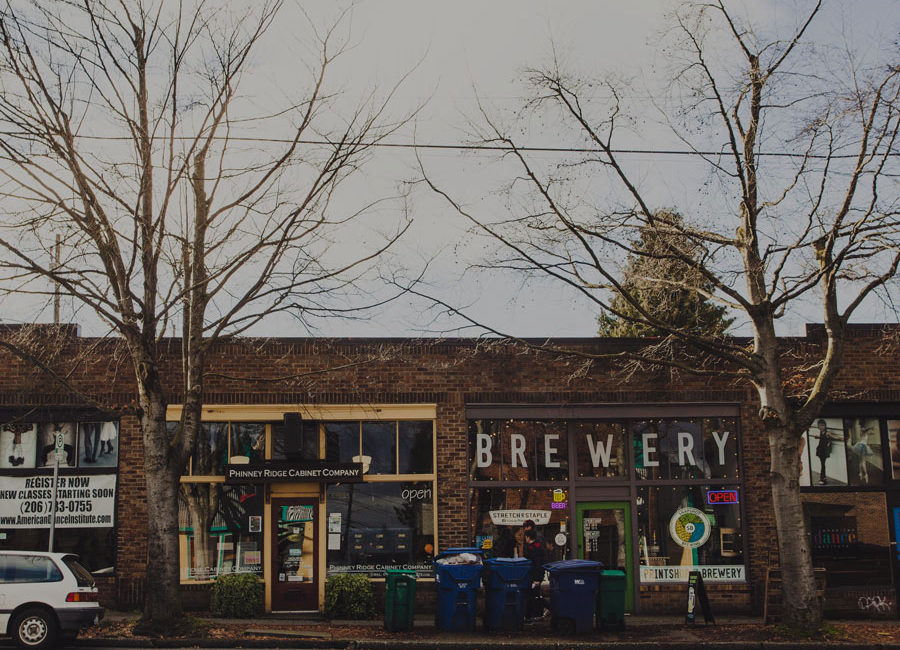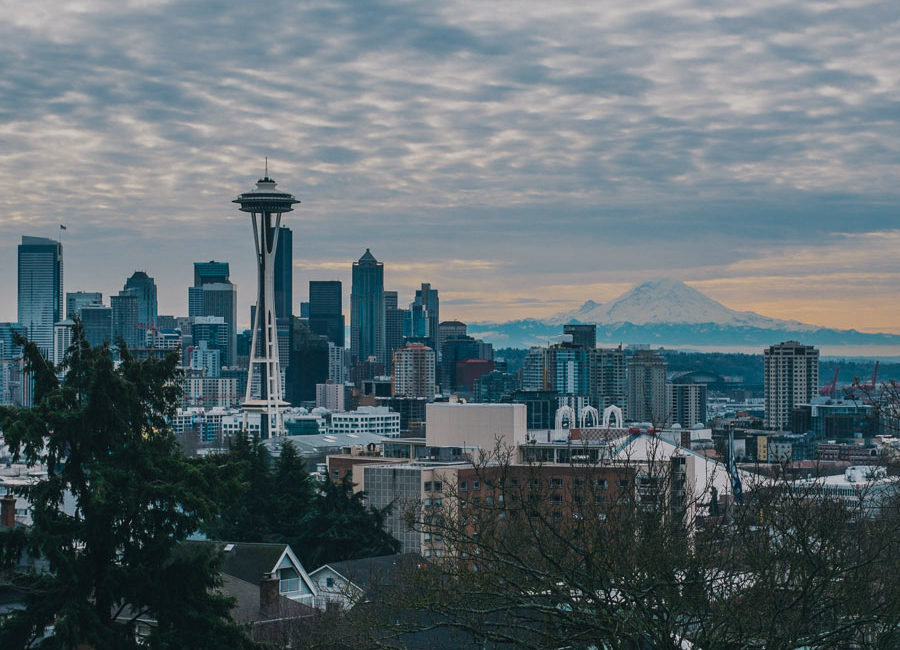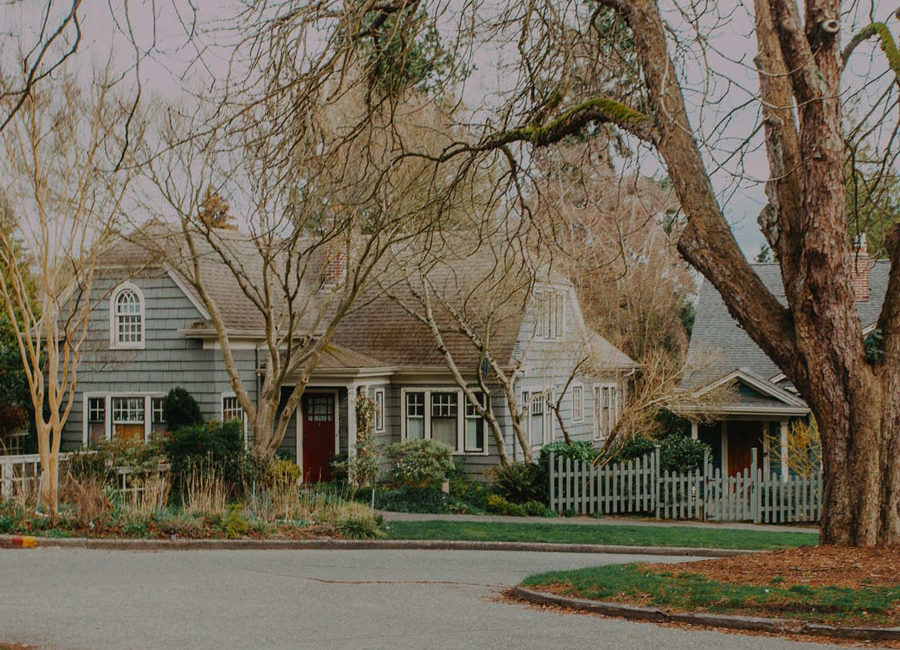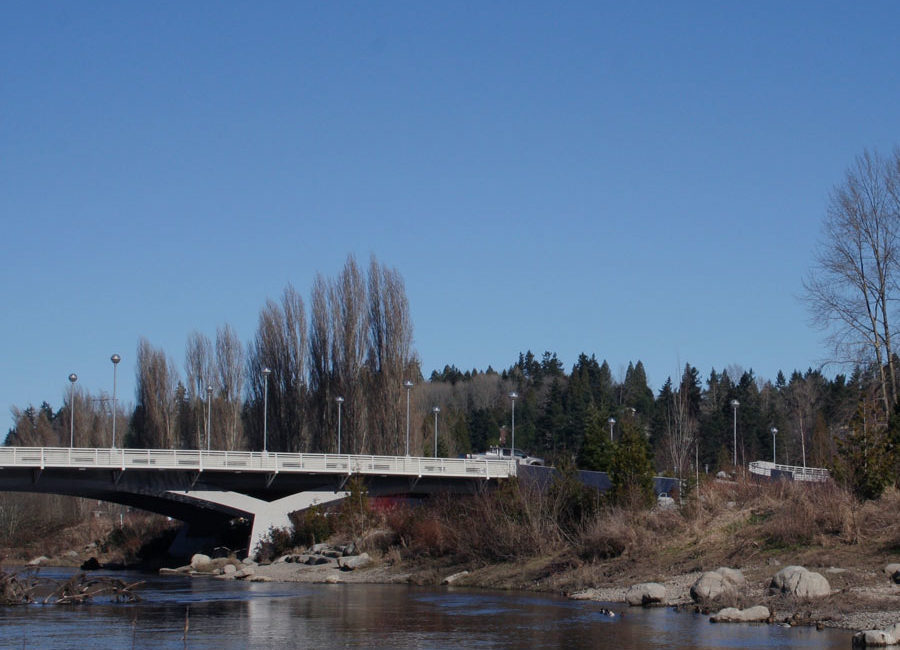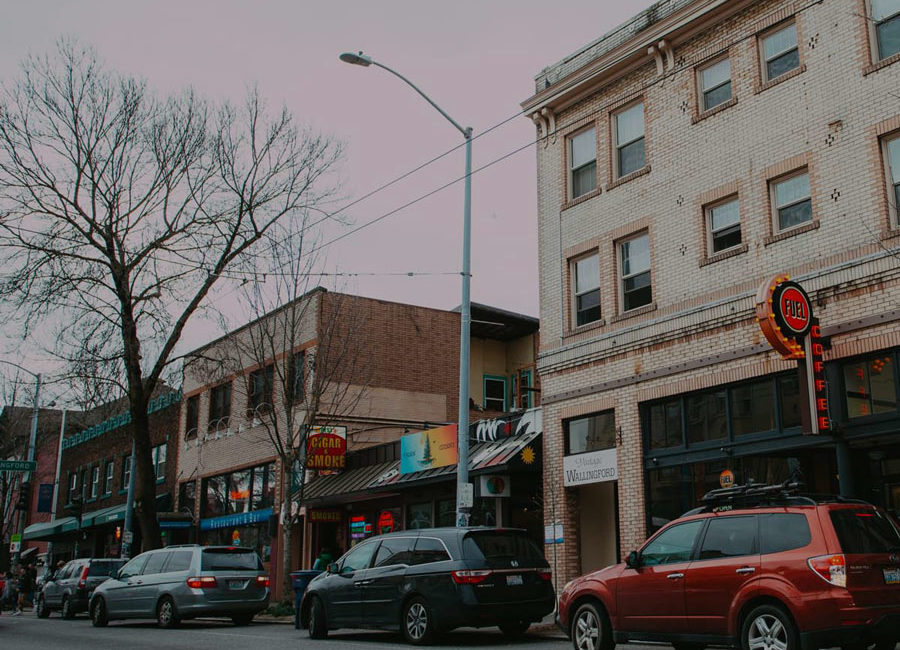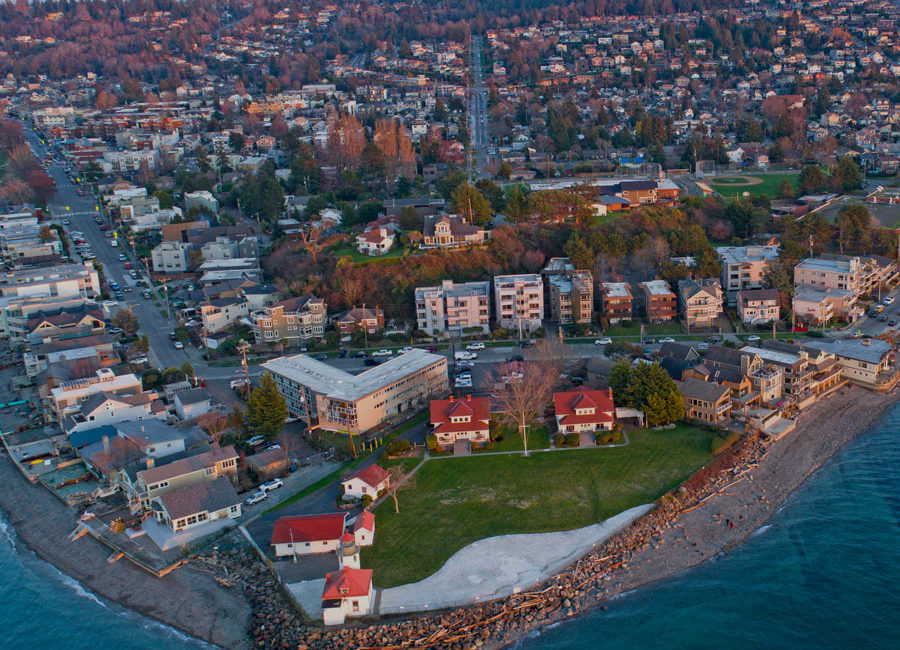Guide to the Eastside:
Issaquah
A welcoming city-town just past Bellevue on your way east from Seattle, Issaquah is an outdoor enthusiast’s treat for hiking and other recreational activities outside, from boating and swimming in Lake Sammamish to skiing and snowboarding at the nearby Snoqualmie Pass. It’s bordered by Lake Sammamish (and Bellevue beyond that) on the west, Maple Valley to the south, the mountains and North Bend to the east, and Redmond to the north.
Issaquah is a great place to settle if you work in the city or in one of the neighboring cities such as Bellevue or Redmond, but prefer a more affordable housing situation. It is growing pretty steadily, however, so rental prices can be higher and it’s best to get into the market sooner, if you are intending to invest in Issaquah real estate.
2019 Data at a Glance
Average Home Price:
$736,104
Average Rent:
$2,233/month
Home price trend:
-1.1%
Walk Score (1-100):
30
Number of Parks:
19
Pros and Cons of Living in Issaquah, Washington
Issaquah has been ranked as the 4th best city in Washington State, and while it’s primarily a residential city, there is a lot to offer, particularly for outdoor enthusiasts who want to get out and enjoy the many hiking and recreational activities in the nearby mountains or on Lake Sammamish.
There is a multipurpose trail that runs north along East Lake Sammamish all the way to Marymoor Park in Redmond. Issaquah is just 20 minutes away from some good rock climbing at Exit 38 on I-90, 30 minutes from skiing at Snoqualmie Pass, and 20 to 30 minutes from Seattle, depending on traffic (rush hour may extend time on the road), particularly at the intersection of I-90 and I-405 toward Bellevue.
For hiking and winter recreational activities such as skiing, snowboarding, snowshoeing, and snowmobiling, Issaquah is in a great location with easy access to Seattle, Snoqualmie Pass, and other trail systems throughout the Cascade foothills. The portion of the Pacific Crest Trail that passes nearby is one of the most remote and diverse sections.
There are nearly 20 parks and green spaces throughout Issaquah. Lake Sammamish State Park is very popular and the largest, with 512 acres, including 6,858 feet of waterfront along the south tip of Lake Sammamish. To coincide with Issaquah’s active opportunities, there is an REI in town as well as a Costco, and plenty of other grocery shopping available.
To support the many families that make Issaquah home, some of the best schools in Washington state are located here, and there are also lots of playgrounds, kids sports leagues, and family-friendly activities. Issaquah has a fantastic sense of community and culture, with concerts and plays from the Village Theatre.
For shopping, there is a Fred Meyer, Target, and other popular shops along East Lake Sammamish Parkway and Gilman Boulevard, and there’s also Gilman Village, a one-of-a-kind retail complex where independent stores and restaurants are housed in historic farming and mining buildings near the town’s historic center along Front Street. Up in the Issaquah Highlands, there’s The Grand Ridge Plaza with lots of shopping in an open-air center that also has plenty of places to eat and even a movie theater.
Historic downtown Issaquah is also a very cute and fun place, with lots of shops and eateries, including one of the best steakhouses in the state, JaK’s Grill, and Stan’s Bar B-Q, which has been labeled “hands down the best barbecue around.” There’s also the Rogue Issaquah Brewhouse and a few other great gastropubs to grab a delicious bite to eat and something nice to sip.
Probably the biggest downside to living in Issaquah is the traffic, particularly near the historic area along Front Street and the Issaquah-Hobart Road. The downtown area here has become quite congested, and due to the growth of the city in recent decades, many city services and local schools (although being some of the best in the state) are at capacity or beyond. The cost of housing is also going up, but it’s not quite as expensive to live in Issaquah as it is in Redmond or Bellevue.
History of Issaquah, Washington
When white settlers first came to the Issaquah area, they called it Squak Valley, referring either to the name that the Native Americans gave it or to the calls made by the many birds that made the region their home — or both. The settlers that first arrived here devoted themselves primarily to mining the area, particularly on Tiger Mountain, and the city was first incorporated in April 1892.
Soon after the city was incorporated, the name was changed to Gilman for a man named Daniel Gilman, who brought the railroad to the area. Only a few years later, in 1899, the state legislature changed the name to Issaquah, which is an anglicized interpretation of “the sound of birds” in the local Native American language.
Meanwhile, the mining deposits in Issaquah depleted into the late 1890s, and the local industry changed to timber, which they exported from the area to Seattle and beyond. Lumber remained the primary industry in Issaquah up until the Great Depression.
After the relatively quiet economic times during the Depression, Issaquah became more of a residential area, where workers from Boeing and later Microsoft came to make their homes in the spacious Issaquah valley and around Lake Sammamish. In fact, Boeing’s first seaplane took off from Lake Sammamish and was constructed by some of the company’s Issaquah-based employees.
When Microsoft and other technology businesses began locating their headquarters in nearby Redmond, Issaquah quickly became an ideal place for employees to live. Over the years, the history, culture, and population of Issaquah have been shaped by community participation from both Microsoft and Boeing.
Home Prices in Issaquah, Washington
Homes in Issaquah currently have an average value of $736,104. Home values in the city are expected to increase by 5.1% in the next year, although they have declined by -1.1% in the past 12 months. With the average list price per square foot at $358, Issaquah homes are more affordable than homes in Seattle ($511 per square foot), although they’re more expensive than the average home in the greater Seattle-Tacoma-Bellevue Metro area ($286).
The size and style of homes in Issaquah vary greatly. In the downtown and old historic area of the city, the homes are mostly ramblers and single-story bungalows or farmhouses. As you climb the Sammamish plateau to the Issaquah Highlands, the homes are newer and typically larger, with either Craftsman-style architecture or ski chalet designs, reminiscent of the mountains that are not very far away. There are plenty of modern homes, split-levels, townhomes, and condominium complexes as well.
The average monthly rent for an apartment in Issaquah is $2,233, typically for a one-bedroom unit. However, there are lots of two- and three-bedroom apartment units, and the city is growing all of the time with new construction — both commercial and residential.
Walk Score & Transportation in Issaquah
Issaquah has a walk score of 30 and a bike score of 37. It is moderately walkable in some areas, and has some good cycling and bike lanes, but could be more pedestrian- and cyclist-friendly. In this city, the most walkable neighborhoods are Gilman, Olde Town, and the Issaquah Highlands.
The transit score in Issaquah is just 26. There are about a dozen different bus routes that serve the Issaquah area, with stops at the Issaquah Transit Center, Issaquah Highlands Park & Ride, or throughout the city. Route 200 serves as transportation in Issaquah, alone, with service between the downtown area and the Issaquah Highlands. Route 208 and 628 travel between the Issaquah Transit Center and the Issaquah Highlands P&R, respectively, and the city of North Bend. Routes 214, 216, 217, 218, and 219 offer service between Issaquah and Downtown Seattle, with route 216 also reaching the Bear Creek P&R and route 219 going to Redmond. Route 269 travels from the Issaquah Transit Center to the Overlake P&R, route 271 goes from the city to the University District, and Sound Transit routes 554 and 556 take passengers from Issaquah to Seattle and Northgate, respectively.
Unique Gems in Issaquah, Washington
With its vibrant community atmosphere and recreational appeal, there’s lots to do in and around Issaquah, with many attractions that make it unique. It has its own farmers market from May through September from 9 a.m. to 2 p.m. in and around an old red barn, with lots of organic produce from local farms, fresh flowers and handmade goods and pastries. During the first weekend of October each year, there’s the annual Salmon Days Festival, with a parade, live entertainment, a carnival, food trucks, dozens of booths to browse handmade crafts and goods, a beer and wine garden, a petting zoo, and lots of other family-friendly activities. Year-round, Issaquah also has some unique gems for activities and eateries, including:
Gilman Village: With dozens of independent stores and restaurants housed in historic farming and mining buildings, Gilman Village is a very unique shopping experience. Some of the favorite shops include White Horse Toys, Mudhouse Pottery & Painting, Aubrey’s Clock Gallery, and The Recology Store, with reused and reusable products. Gilman Village also has several health and service businesses, such as The Writers Cottage and the Village Family Clinic & Wellness Center. There are also 10 restaurants, including one of Issaquah’s best spots to get coffee, the Issaquah Coffee Company, and the Boarding House Restaurant, a favorite for brunch, pastries, and lunch.
Issaquah Depot Museum: Issaquah’s train depot was built in 1889 to bring the railroad to the town, and it is now home to a wonderful museum. The exhibits provide interesting materials about the industrial revolution, train and other travel, communication, and the early history of Issaquah’s economics. The Issaquah Valley Trolley is also located at the museum, a fun peek into the past of this charming city.
Boehm’s Candies, Inc.: For over 75 years, Boehm’s Candies of Issaquah, WA has been handcrafting chocolates and other delicious sweets and confections. Not only can you buy their tasty chocolates on-site, but this charming shop has guided tours and classes so that you can explore the world of Boehm’s with an up-close and hands-on perspective. Note: Tours are offered seasonally and sometimes by reservation only, so check the website ahead of your visit to make sure you can get the tour. Otherwise, there is a free, self-guided window tour available during business hours.
Issaquah Cafe: For a local go-to brunch and lunch spot, be sure to check out the Issaquah Cafe. This city favorite has classic American breakfast fare such as omelets, scrambles, waffles, French toast, and pancakes, as well as hot and cold sandwiches, burgers, fish and chips, soups, and salads in an approachable, family-friendly setting.
Fins Bistro: Enjoy delicious breakfast, lunch, and dinner with quality seafood, steaks, pasta, and more at Fins Bistro. The Seafood Linguine is absolutely amazing, with shrimp, clams, mussels, scallops, and calamari tossed with linguine in a light tomato sauce. The Northwest Trio is also a must-try, with parmesan-crusted halibut cheek, a crab cake, and wild salmon. Fins also has an outdoor patio, and it’s right next to the Village Theatre — perfect to grab dinner and a drink before the show.

